Can you solve this riddle?
What’s big, great, stinky, productive, and threatened?
A common perception of people who have visited Utah’s Great Salt Lake (GSL) or who live close to its shores, is that the lake is “stinky” and that the freshwater that flows into the lake is a waste of precious resources. Since writing for Oceanbites nearly four years ago, I’ve often wondered how my study system, GSL in Utah, relates to marine and ocean ecosystems.
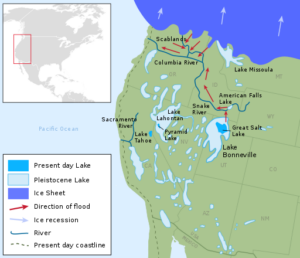
Landlocked in the middle of an arid desert environment, approximately 900 miles east of the Pacific coast and nearly 2,000 miles north of the Gulf of California, one might think of GSL as a completely isolated system with no connections whatsoever to marine habitats.
However, the GSL ecosystem shares multiple connections with many parts of the world. In this post, you’ll learn about GSL’s connections to the ocean, including recent discoveries that are helping scientists untangle food webs and uncover the ongoing role that GSL has in protecting marine resources.
Chemical connections to the ocean
GSL is the fourth largest hypersaline lake in the world, with a surface area of roughly 4,400 square kilometers [1,699 square miles], making it the largest lake in North America west of the Mississippi River.
Even though GSL does not share a physical connection to the ocean, its chemical profile is almost an exact match to that of the ocean, which suggests that the origin of GSL is related to the sea. With evaporation being the only way for water to leave the lake, salts and minerals have kept accumulating for centuries, leading to the high salinity. In fact, the salinity of GSL exceeds that of our oceans by nearly three-fold, currently averaging around 120 grams per liter of salt!
Simple food webs, big ideas
The so-called “lake stink” that many complain about is just one strong indicator of the productive symphony of life that flourishes within GSL.
GSL’s extremely salty water means few species can thrive there, so it’s back to basics for the food web. Resilient microbes provide fuel for a handful of hearty invertebrates (mainly large numbers of brine shrimp and brine flies) before terrestrial predators pick them off.
This system, while simple, is a perfect model to study the relationships between the food web rungs. We can also look at how changes in salinity, temperature, or nutrient levels impact microbial communities, and their predators. Many organisms residing within GSL can cope with higher salinities, but brine shrimp and brine flies survive and reproduce best at salinities right around 90 ppt (3 times saltier than ocean water). Understanding their salinity tolerances is key for managing the lake to protect these important players in the food web.
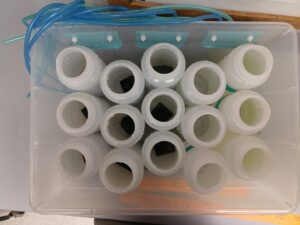
and brine flies in each bottle. Photo credit: K. Barrett
This is especially important because GSL’s water levels vary depending on changes in weather patterns or human interventions (like diverting water from rivers before it flows into GSL). Changes in water levels directly influence environmental factors of the lake: when the lake levels drop, salinity and nutrient levels increase, and each part of the food web reacts slightly differently to these changes.
By finding the conditions that boosts the growth of algae, brine shrimp, and brine flies, scientists can set up management plans that best protect this highly productive ecosystem.
Unique coral reef structures
GSL is home to the world’s largest coverage of living microbialites, carbonate structures that formed by microbes catching and depositing minerals and molecules from the surrounding water. Microbialites in GSL are covered by thick, green carpets of highly productive algal communities consisting of diatoms, cyanobacteria, and other algae.
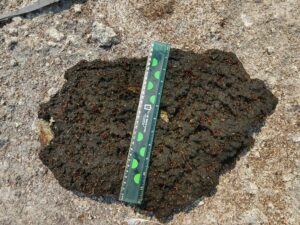
These formations with their algal mats make excellent homes for brine fly larvae, which are an important food source for migratory and shore birds that depend on GSL for foraging habitat.
Brine shrimp and brine flies: the foundation for millions of migratory birds and hemispheric linkages
If GSL had mascots, they would be the brine shrimp and brine flies. While humans may not always see them, we certainly see what they’re supporting: millions of migratory and shore birds that flock to GSL’s shores each year to forage and nest. Some birds, including Wilson’s Phalarope, travel across continents to forage and nest at GSL. This is one of GSL’s direct links to the ocean, as migratory water birds rely on its resources for part of the year.
For example, Eared Grebes and Wilson’s Phalarope dine on the abundant brine shrimp and brine flies. In fact, an Eared Grebe must consume 24,000 brine shrimp each day to meet daily energy requirements! Also present on GSL are American White Pelicans, which nest on Gunnison Island in the north part of the lake before travelling to the freshwater wetlands that are connected to the lake to feed on abundant fish there. Each of the species travel an impressive distance, spanning continents, to make it to the productive invertebrate buffet and nesting habitat that GSL offers. Wilson’s Phalaropes travel all the way from Canada and Argentina to Great Salt Lake to feed and nest, while Eared Grebes make the journey from the Gulf of California, which emphasizes just how important this system is!
Birds aren’t the only ones benefiting
As the human population keeps growing, we’ve turned to the oceans for more of the high-quality protein our diets demand. Fisheries are under huge pressure, so aquaculture has stepped in to relieve some of the stress on wild stocks. To keep up with demand, though, we need food for these reared fish.
Luckily, GSL’s brine shrimp have come to the rescue. Every year, brine shrimp cysts (a special type of egg that can be stored, shipped, and hatched as live feed for fish and shellfish being raised in aquaculture ponds) are harvested from the lake’s waters.
In the past two years alone, roughly 40 million pounds of cysts have been harvested from GSL! The continued management of the brine shrimp population in GSL is vital so that cysts can continue being harvested into the future to provide a steady source for aquaculture.
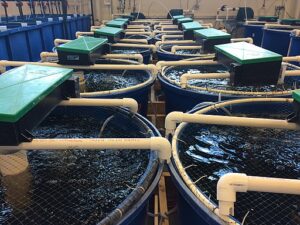
Current threats and looking forward
Like our oceans and coastal ecosystems, GSL, and other saline lakes, are threatened by human activities and climate change. With the increased risk of drought conditions in the western US, scientists are raising the alarm about the consequences of lower water levels, and higher salinities, in salt lakes. Indeed, many salt lakes, including Lake Abert in Oregon and the Salton Sea in California, have already succumbed to lower water levels, which has reduced the ability of these habitats to provide the food resources needed by migratory birds.
In this system, the effects of big environmental change on the seemingly “little things” truly has an impact on not only the GSL food web, but also marine resources. By protecting GSL and other inland salt lakes that produce abundant brine shrimp, we are also protecting marine resources from being exploited for the purposes of aquaculture.
Kate received her Ph.D. in Aquatic Ecology from the University of Notre Dame and she holds a Masters in Environmental Science & Biology from SUNY Brockport. She currently teaches at a small college in Indiana and is starting out her neophyte research career in aquatic community monitoring. Outside of lab and fieldwork, she enjoys running and kickboxing.

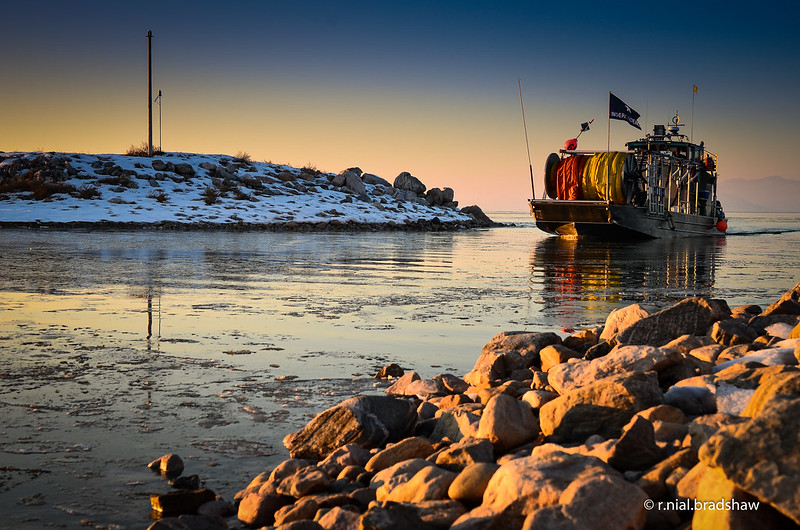

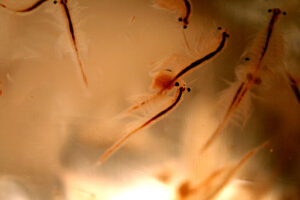
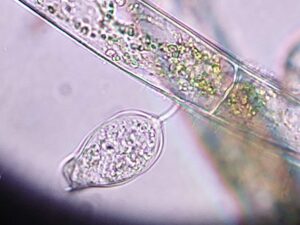
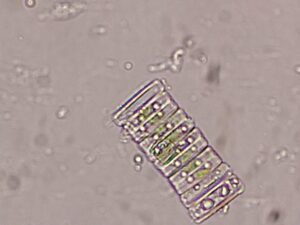
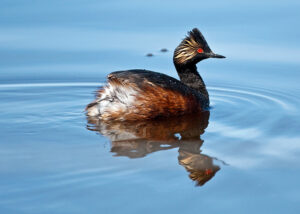



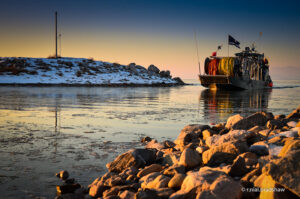
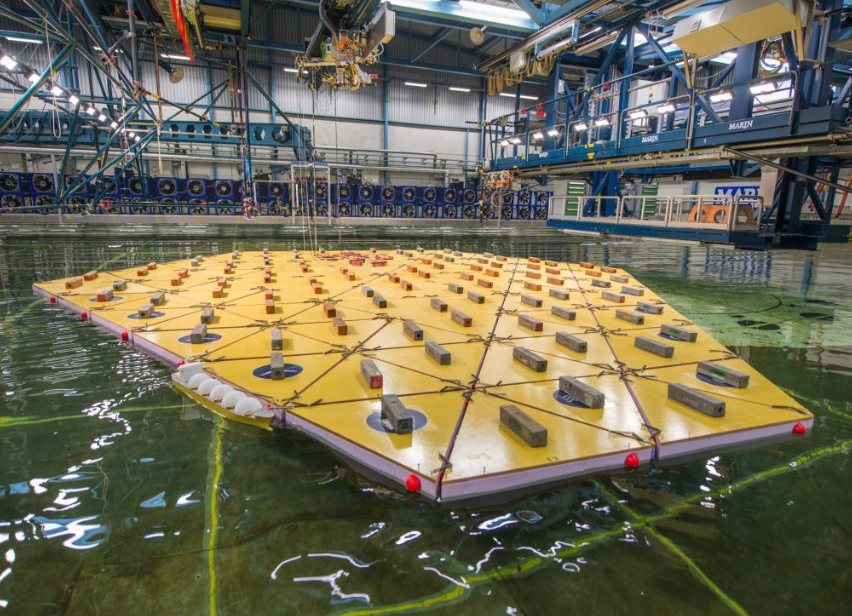
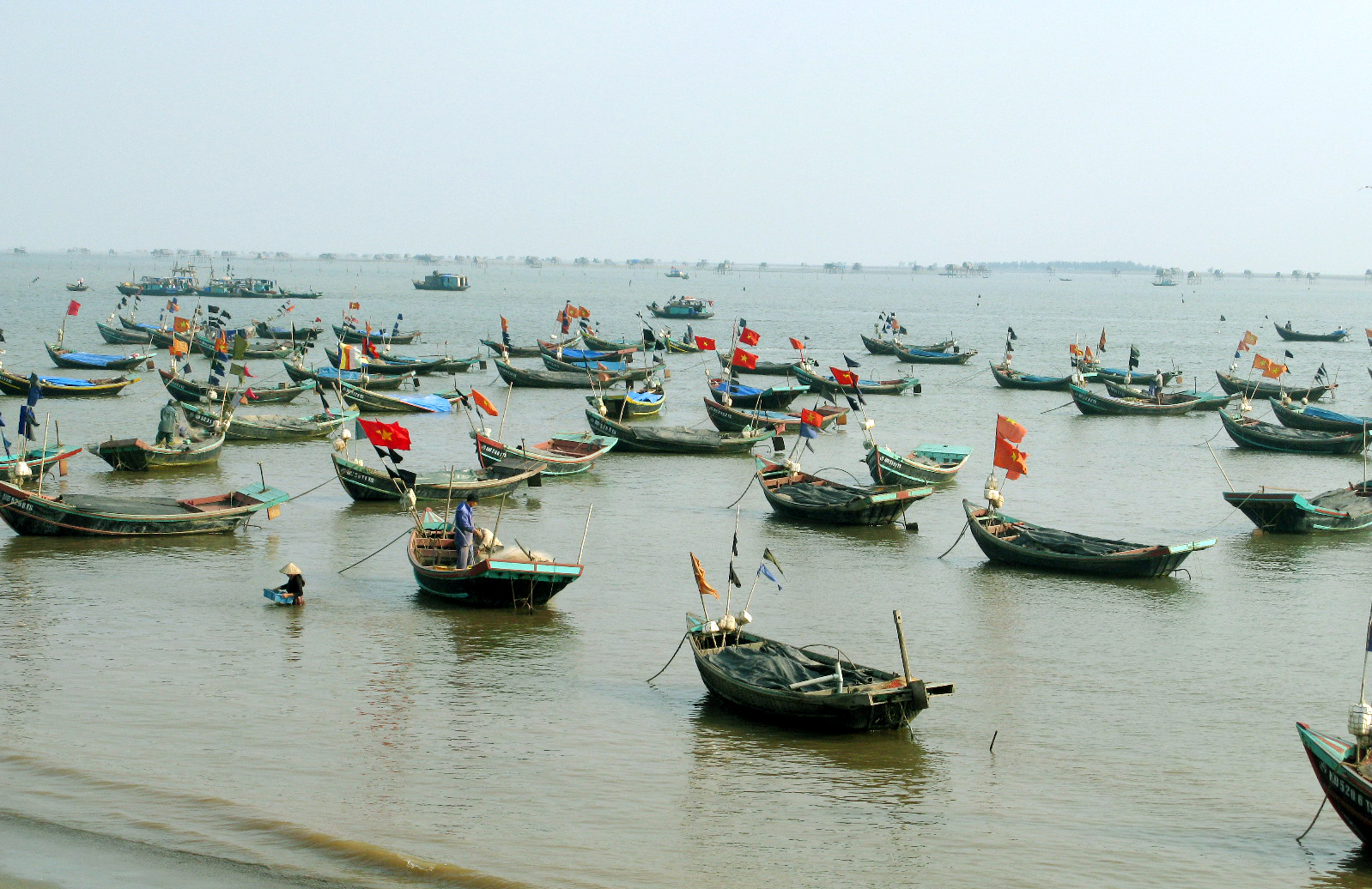
thank you so much for this information and knowledge